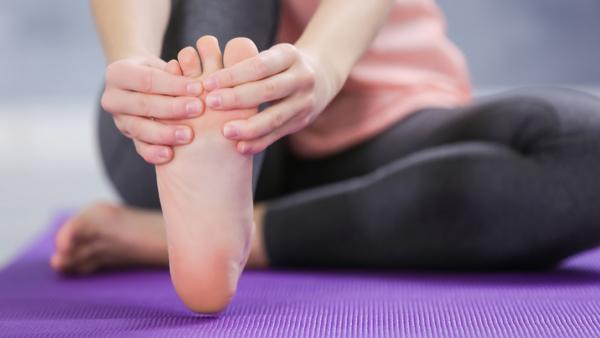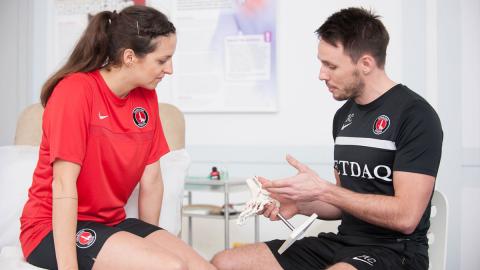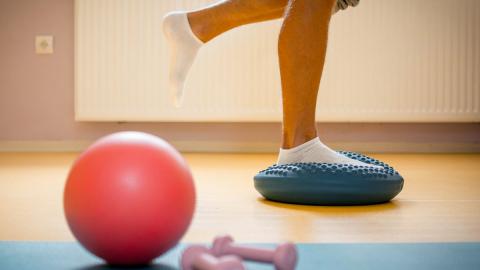How can you treat heel pain?
The best initial treatment is to try and reduce the load on the plantar fascia.

Getting the correct trainers properly fitted for sport, or wearing shoes that offer some cushioning if you are on your feet for long periods may help. If you have particularly high or low arches you may benefit from wearing insoles (orthotics) in your shoes.
Doing gentle stretches to the calf and plantar fascia will also most likely help. In addition to the treatments mentioned, you can rub some anti-inflammatory cream directly into the painful area to help relieve discomfort.
If these self-treatments do not seem to help after a week or two, you should seek further professional help.
How can you treat Achilles Tendonosis?
As with plantar fasciitis, the initial treatment should be to reduce the load on the tendon by:
- Reducing mileage (or limiting hills) and pacing activity
- Wearing appropriate and well-fitting shoes
- Gentle calf strengthening
- Gentle calf stretches
- Techniques to relive pain such as using a foam roller on the calf muscles
- Wearing a pair of small (1/42”) heel raises.
If these measures do not settle the pain, or indeed make things worse, you should seek a professional opinion.
Achilles tendons can rupture. This usually occurs when ‘pushing off’ through the toes (when running, jumping etc). If you feel as if you have been hit in the back of the ankle, hear a loud pop, or are unable to move the toes and ankle downwards (pointing toes), it is important to seek immediate medical advice.
How can you treat an ankle sprain?
RICE – Rest, Ice and Elevation
It is helpful to apply an ice pack as soon as possible to the site of pain. Use a cold compress or a bag of frozen peas wrapped in a tea towel for 10-15 minutes every two to three hours. Do not apply ice directly to your skin, as this can cause skin damage.
Try to rest the ankle from long periods of standing or activity and elevating may also help with swelling. It is important to protect the ankle from further injury (an appropriate ankle splint may be beneficial for severe injuries). The use of crutches may be necessary, but it is good to try and take as much weight as is comfortable through the foot and ankle.
If your sprain is mild, your ankle should begin to feel a bit better after two to three days. It is important to gradually reintroduce movement and encourage gentle walking. Move the ankle through all movements as pain allows. Writing an imaginary alphabet with your foot and ankle is a good starting exercise.
If your sprain is more severe and not settling, it is important to seek professional advice.



